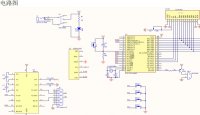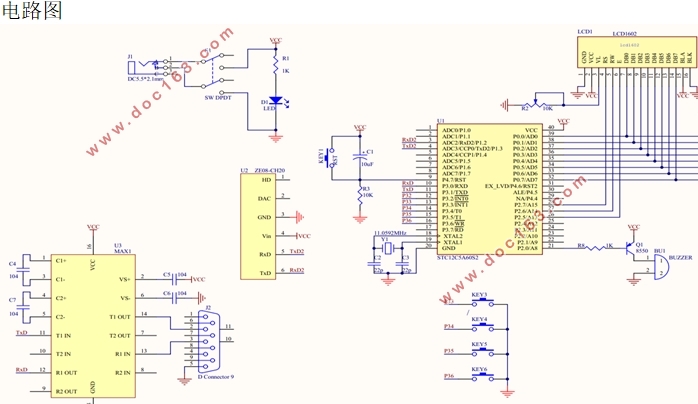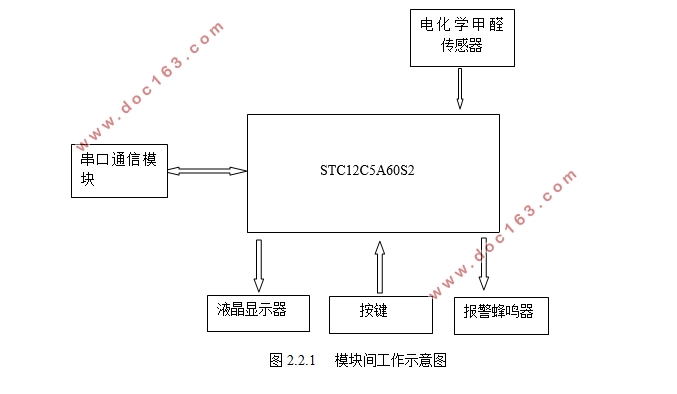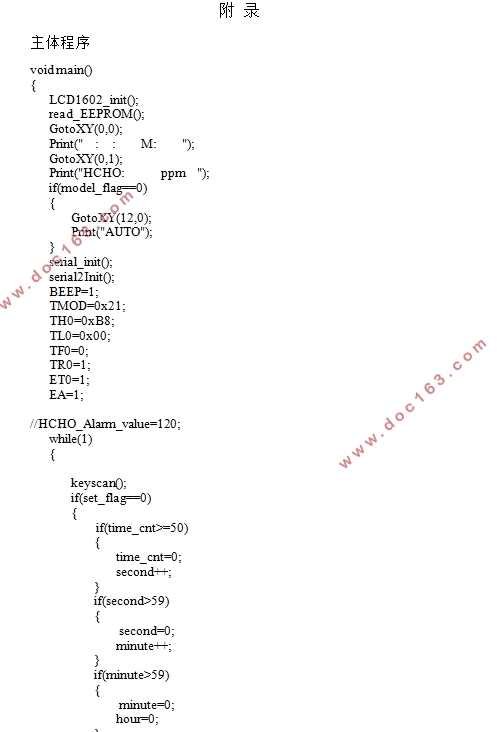室内甲醛气体检测仪的设计

室内甲醛气体检测仪的设计(任务书,论文9500字)
摘 要
随着我国经济的飞速发展,越来越多的家庭在家装中选择精装修,在室内装修所用的合成板材中,甲醛起到防腐剂与胶合剂的作用,主要用于加强板材的硬度并有防腐和防虫的效果。板材中残留的甲醛是室内空气中甲醛的主要来源。甲醛是一种毒性较高的物质,室内甲醛污染对人身体健康影响较大,标准规定的方法绝大多数是化学分析法,优点是相对准确,缺点是相对耗时费力,待采样的房间至少需要封闭2个小时,样品需带回实验室进行数据分析,一般要几个工作日才能有详细的检测结果。
在这种背景下设计制造一款相对低成本,精度达到定量定性测量目的,可重复利用、具有报警功能的室内甲醛气体测量仪有着很大的市场潜力。本次毕业设计所进行研究的相关课题为研究室内甲醛气体检测仪的设计。采用的主要甲醛传感器为电化学式的ZE08-CH2O甲醛气体传感器。
关键词:甲醛 ZE08-CH2O 报警
Design Of Indoor
Formaldehyde Gas Detector
Abstract
With the rapid development of China’s economy, more and more families are choosing refined decoration during home decoration. Formaldehyde acts as preservative and adhesive in composite plates used in interior finish, mainly to strengthen the hardness of plates and has antiseptic and insect repellent effect. Remaining formaldehyde is the main source of indoor air formaldehyde. Formaldehyde is a high toxic substance and indoor formaldehyde pollution has a considerable effect on human health. Most of the standard methods are chemical methods of analysis, whose advantage is relatively accurate, whereas, the disadvantage of chemical analysis is relative time-consuming, that the sampling room needs to be sealed for at least 2 hours in advance, the sample needs to be taken to laboratory for data analysis, and requires several workdays before detailed test results come out.
[资料来源:https://www.doc163.com]
In this context, it has a great market potential to design a relatively low-cost and reusable indoor formaldehyde gas meter with alarm function whose precision can meet the requirements of quantitative and qualitative measures. The related subject of this graduation project is to study the design of indoor formaldehyde gas meter. The main formaldehyde sensor uses an electrochemical type ZE08-CH2O formaldehyde gas sensor.
Key Words: formaldehyde; ZE08-CH2O; alarm
[来源:http://Doc163.com]



目 录
摘要 I
ABSTRACT II
第一章 绪论 1
1.1 设计的背景和应用 1
1.2 元器件技术发展情况概述 1
1.3 本次设计主要任务 2
1.4 论文结构 2 [来源:http://Doc163.com]
第二章 总体设计思路 4
2.1 方案探讨与设计 4
2.2 系统功能框图 4
2.3 系统硬件选型 5
第三章 系统硬件设计 9
3.1 传感器模块 9
3.2 显示模块 10
3.3 报警模块 12
3.4 单片机模块 14
第四章 系统软件设计 16
4.1 Keil MDK的安装与工程建立 16
4.2 软件流程图的设计与头文件的准备 19
4.3 编写函数 23
4.4 主程序的编写 26
第五章 调试与结果 29
5.1 调试 29
5.2 成果 29
第六章 总结与展望 31
参考文献 32 [资料来源:http://www.doc163.com]
致谢 33
附 录 34
